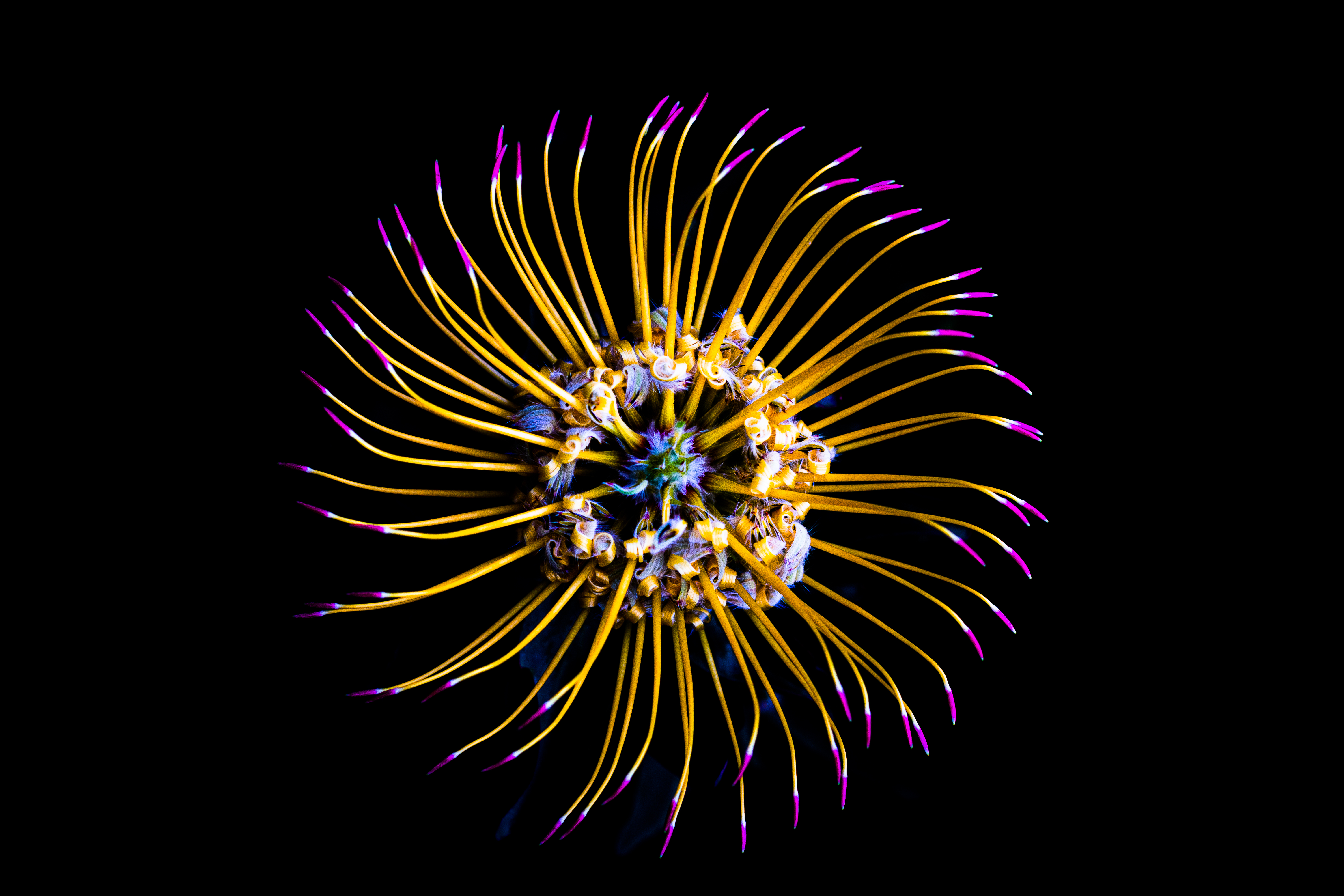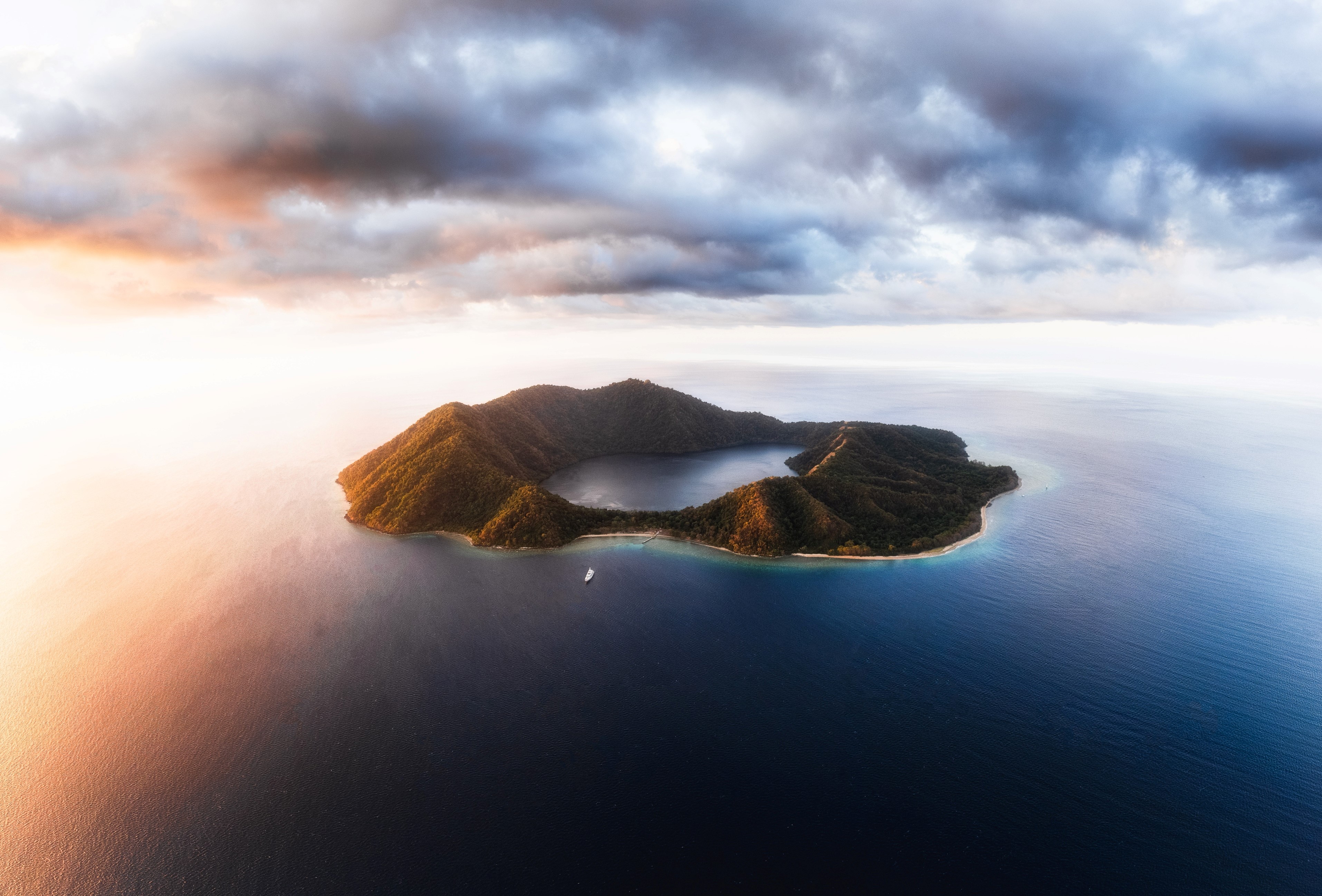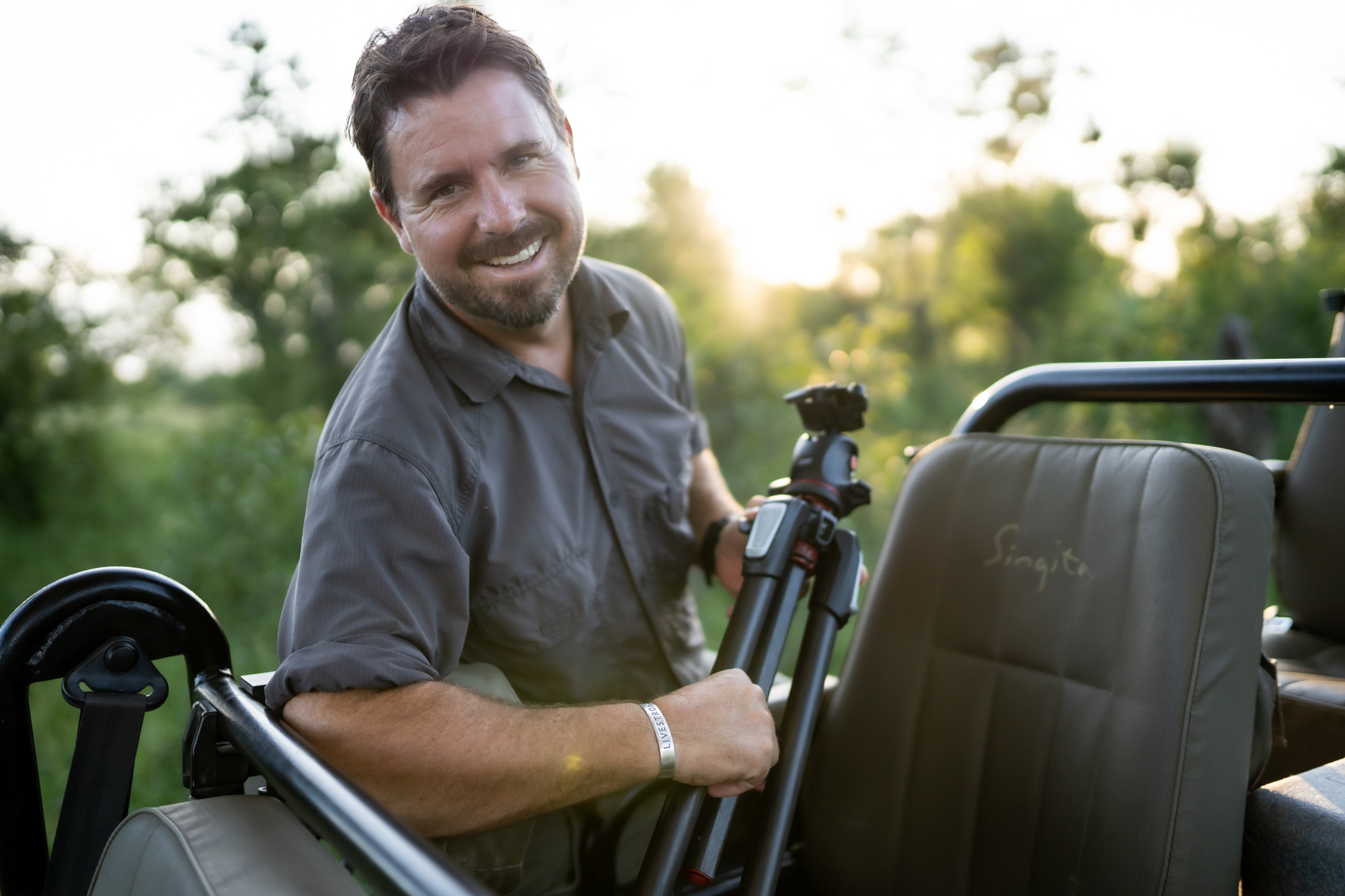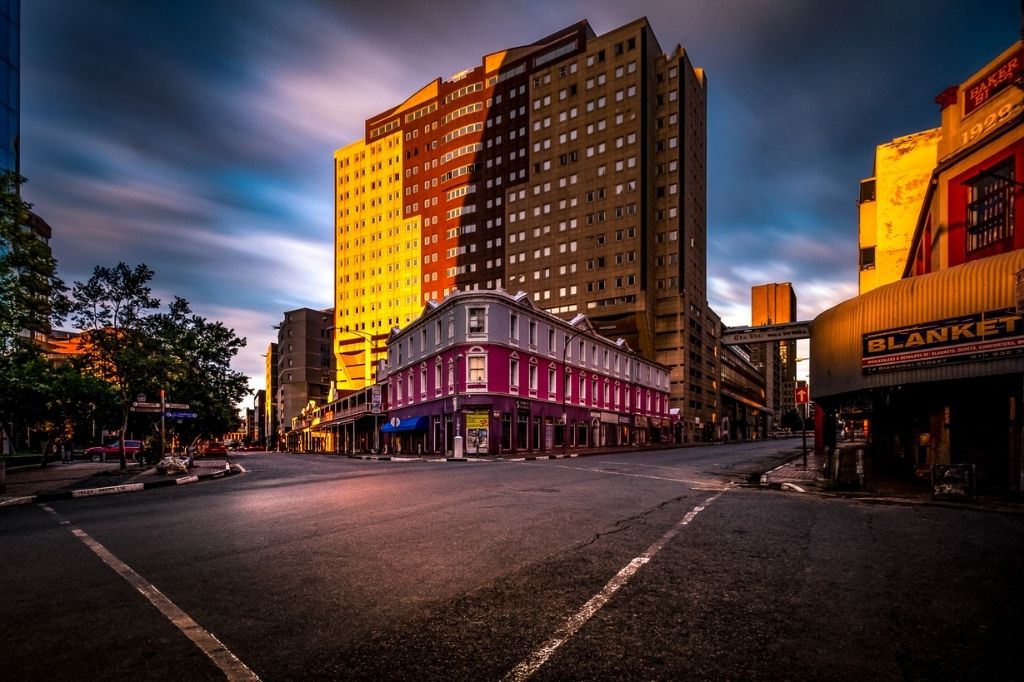Macro photography is a fascinating genre of photography. It allows us to delve a little deeper and explore the inner workings of the natural world that are not always so obvious to the human eye. The genre started as a scientific pursuit in the early 1900s by naturalist F. Percy Smith and, over the years, has completely transformed into a magnificent art form and scientific endeavour.
Macro photography, by definition, is photographing a subject at 1:1 magnification, which means that the subject is lifesized in the image. While all subject matter can fall into the macro photography genre, it is often reserved for photographing insects and flowers.
The Western Cape, and parts of the Eastern Cape, are home to the Cape Floral Kingdom, the smallest and most diverse of the world’s six floral kingdoms. Environmental Scientist Dr Andrew Baxter took a particular liking to the fynbos, having grown up among the fynbos. His love for the immaculate floral kingdom inspired his latest photographic work, Floristic Fireworks. We sat down with the environmental scientist and photographer to find out how he taps into the magic of nature to produce his spellbinding work.
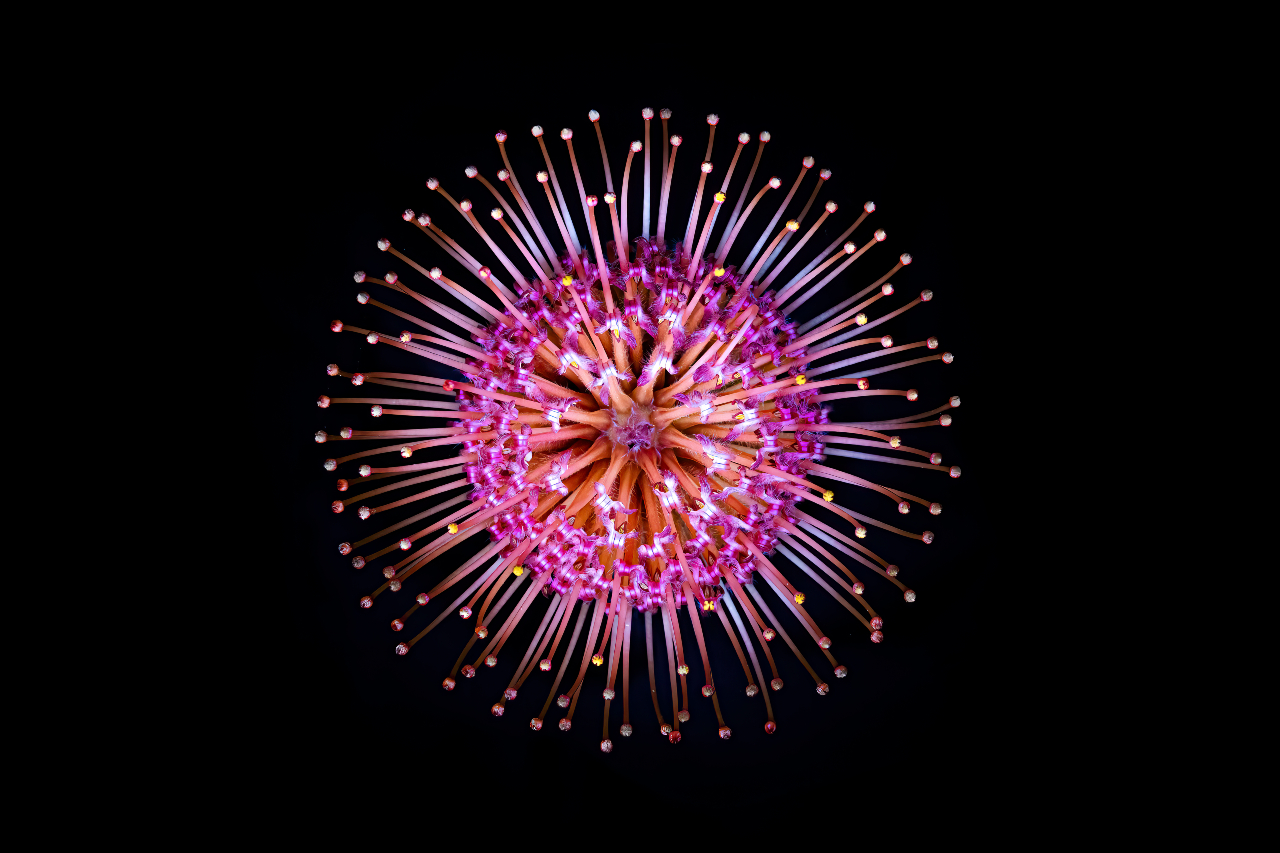
Where did your love for nature stem from?
As a child, I found my happy place in nature. From a young age, I was drawn to wild and remote places – to seek adventure and to seek myself. I’m not finished with this journey of discovery, but along the way, I’ve encountered the most extraordinary things. I do hope the journey continues for a while longer.
Have you always been interested in photography?
Yes, as a 7-year-old, I was given a box camera and a roll of black and white film. I took 12 pictures of the black and white family dog.
What are some genres of photography that you’ve indulged in?
I’ve always enjoyed landscapes and nature. But more recently, when my partner, Jen, found a fascinating (undescribed) spider on Table Mountain. I found myself tumbling into the world of macro photography – and wow, what a spectacular journey that has been. Along the way, I started to blend some aspects of macro and nature photography with portrait photography and developed a series called “Floristic Fireworks”, which has been a really exciting project. Occasionally, I’ve shot the odd wedding and a few fashion shows – but only to remind myself that my first love remains nature photography!
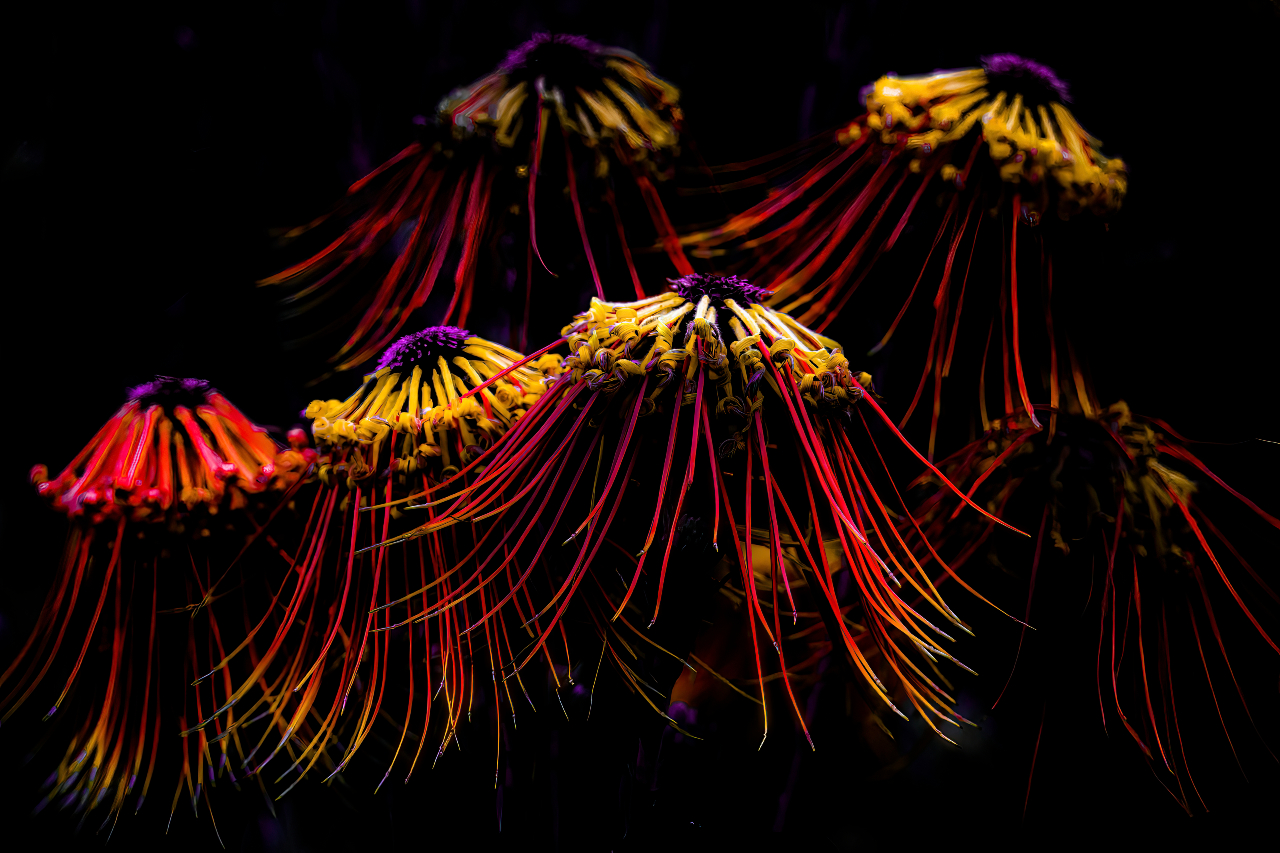
What drew you to macro photography?
A chance discovery of a fascinating ‘new’ undescribed “strawberry widow” spider on Table Mountain a few years back catapulted me into the world of macro photography. I have since been utterly intrigued with spiders – especially teeny little ones (some only 1-2mm in size). I then started looking at other little critters, and then flowers, and water drops…
What is it about Fynbos that you love so much?
I grew up among the Fynbos. It is among the most floristically diverse biomes on the planet. But I think the thing that really speaks to me is the extraordinary symmetry of the Proteaceae, especially the Leucospermums (pin-cushions). They’re really incredibly satisfying to photograph for someone who has a touch of OCD.
What sort of message are you hoping to convey with your imagery?
Nowadays, my sole objective is to remind people why it is so critically important to conserve wild places and protect biodiversity. Our well-being as humans is fundamentally linked to a healthy, ecologically diverse planet with functioning ecosystems. We cannot exist in the absence of these life-support systems. I hope, in some small way, that my images remind people of the beauty of nature and why it is so important to address and reverse the triple onslaught: The Climate Emergency, Habitat Destruction and Species Loss.
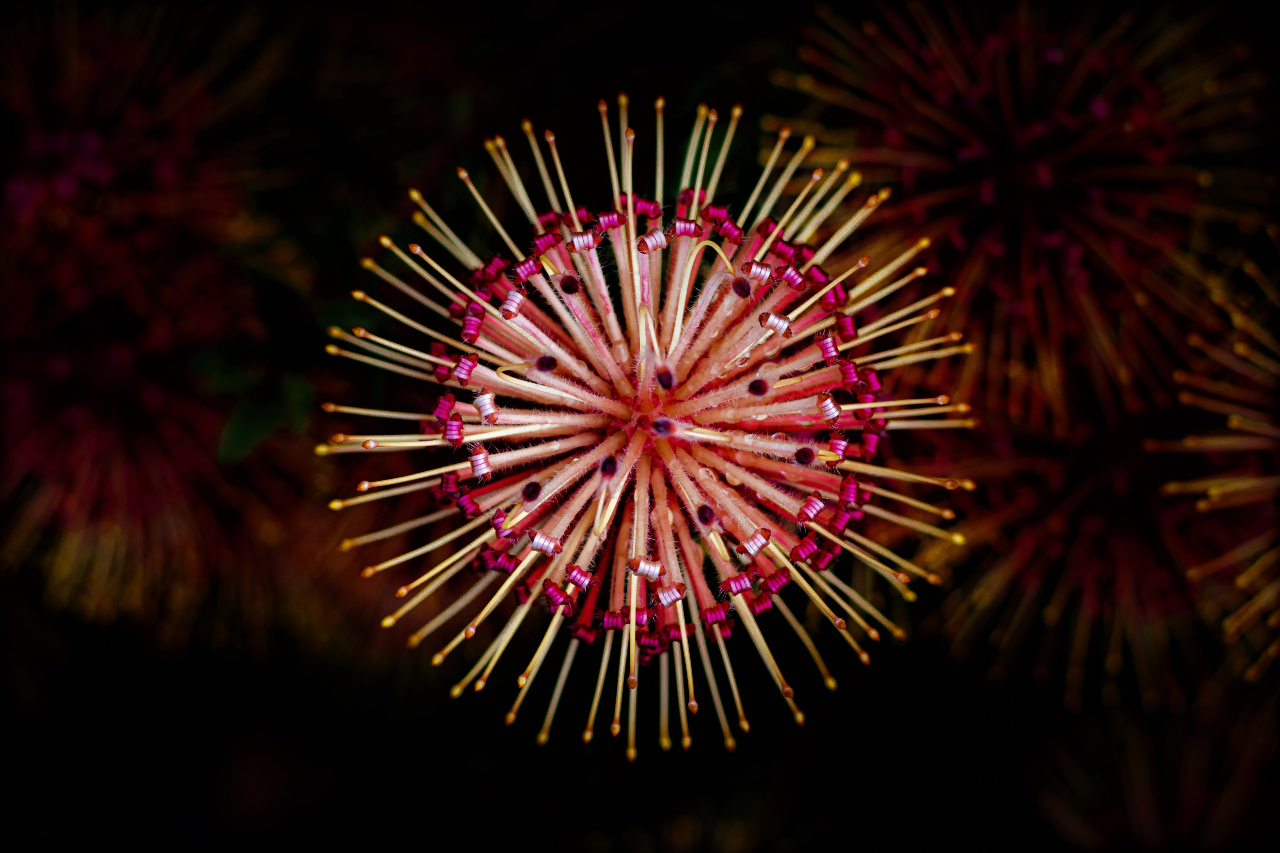
What gear do you shoot with?
I don’t get too fixated on gear, but I do spend a lot of time trying to get the very best out of what I have. Some of my best images have come from the most basic setups. My favourite piece of kit has to be a tiny palm-sized Canon S120 with a 12MP CMOS sensor from 2013. The reason being it is so small that I never forget to carry it, and despite its age and dated tech, it still offers complete manual control. I own a Canon 90D for general wildlife photography, and I recently acquired a rare Canon 5DS R from 2015 for nature portraits. For adventure photography, I have a GoPro and a drone – a compact Mavic Mini.

What are some of your favourite macro photography gear?
I love the Canon EF 100mm F/2.8L IS USM – it’s such a versatile lens. An incredible tool for macro but also a cool portrait lens with beautiful bokeh. I also have a Canon MP-E 65mm F2.8 1-5x –, but this is a challenging lens to master, and because it’s so finicky, it’s more of a lab lens than something you’d carry in the field. My lighting rig is super basic. I have a simple diffuser for my Speedlight, and I use a range of LED lights and torches to light paint my subjects.
What is your process when setting up a scene?
For the “Floristic Fireworks” series, I would purposefully operate at twilight. The idea was to shoot my subjects (Fynbos flowers) in situ (growing in their natural habitats) with dark backgrounds and sufficient ambient light to capture some of the detail. To lift the flowers’ colours and structure of the flowers, I used some very subtle supplemental light to tease out the magic. To achieve the shots (often in difficult spaces and without the use of a tripod), I would have to shoot hand-held, wide open and at very low shutter speeds while trying to keep the ISO as low as possible. The challenge under these conditions is to achieve a sharp enough shot given the low shutter speeds and often breezy outdoor conditions.
Where are some of your favourite locations to shoot?
I do love the opportunity offered by Kirstenbosch Gardens on the flanks of Table Mountain – from birds to spiders to flowers to caracals – it’s tough to beat. That said, I now live in the heart of Zululand on a large rewilding project – 23,000 ha of jaw-dropping wilderness at Babanango Game Reserve – which is a wildlife and landscape photographer’s dream. For landscapes, it’s hard to beat Namibia. The Cederberg is a perennial favourite location.
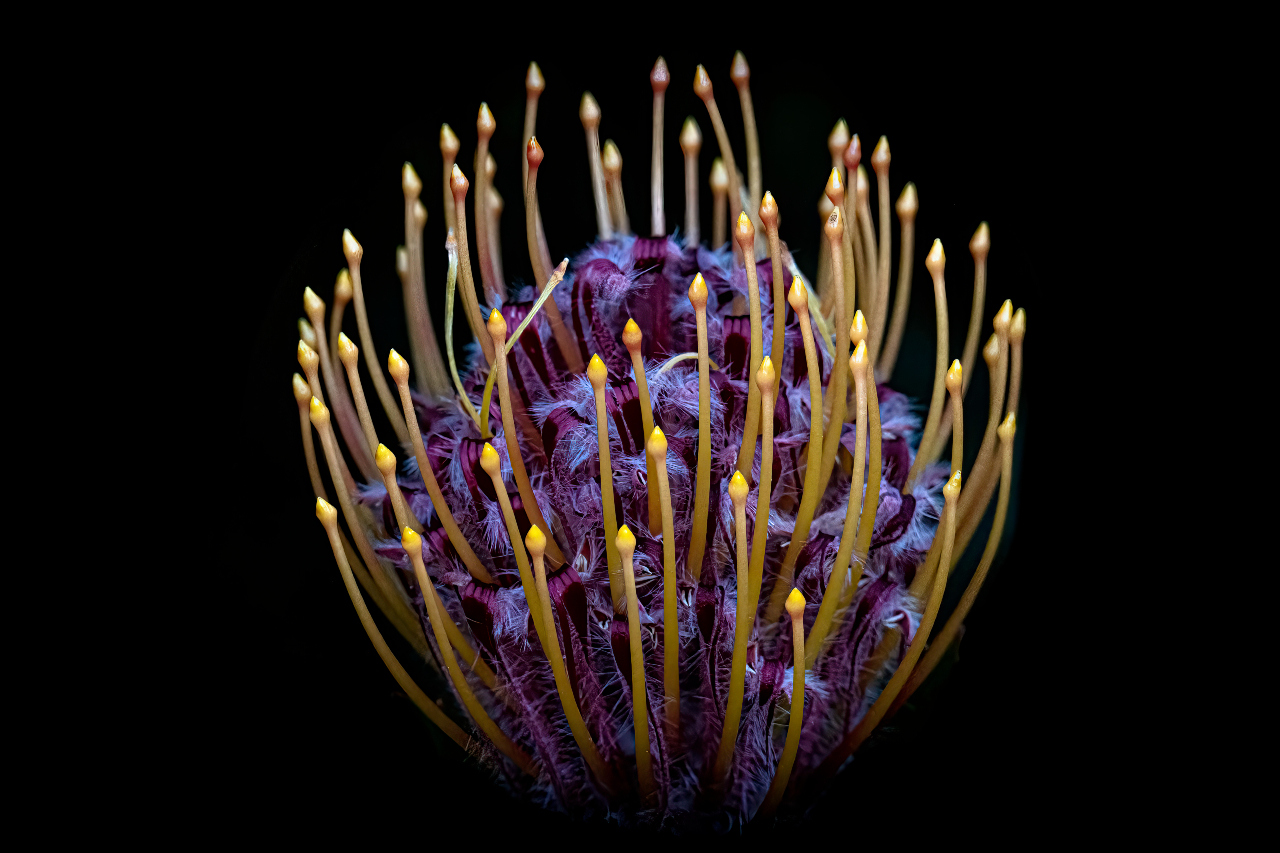
What are some pieces of advice that you have for photographers wanting to get into macro photography?
Don’t hesitate! Don’t wait another day. Even the most basic 50mm prime lens will capture great macro shots. Borrow a macro lens for a day and head outside. Lie down in your garden, among the flowers or in a field. Look for insects or tiny flowers. Experiment with light and aperture and manual focus. Soon enough, the bug will bite.
The only rules of photography are the ones that should be broken. Don’t attempt to copy others. Abandon convention. Develop your own style. Shoot in RAW (if possible, if not, that’s ok). Experiment a lot with post-production. A good RAW image can be made spectacular in post. Don’t obsess with gear. Whatever you already own – ask yourself: “Am I getting everything out of my camera/lens?” Most photographers seldom use their gear to maximum effect. Carry your camera as often as possible – no camera, no shot. Don’t shoot what you won’t eat – in other words, don’t bother taking pictures of things that don’t appeal to you. Like weddings.
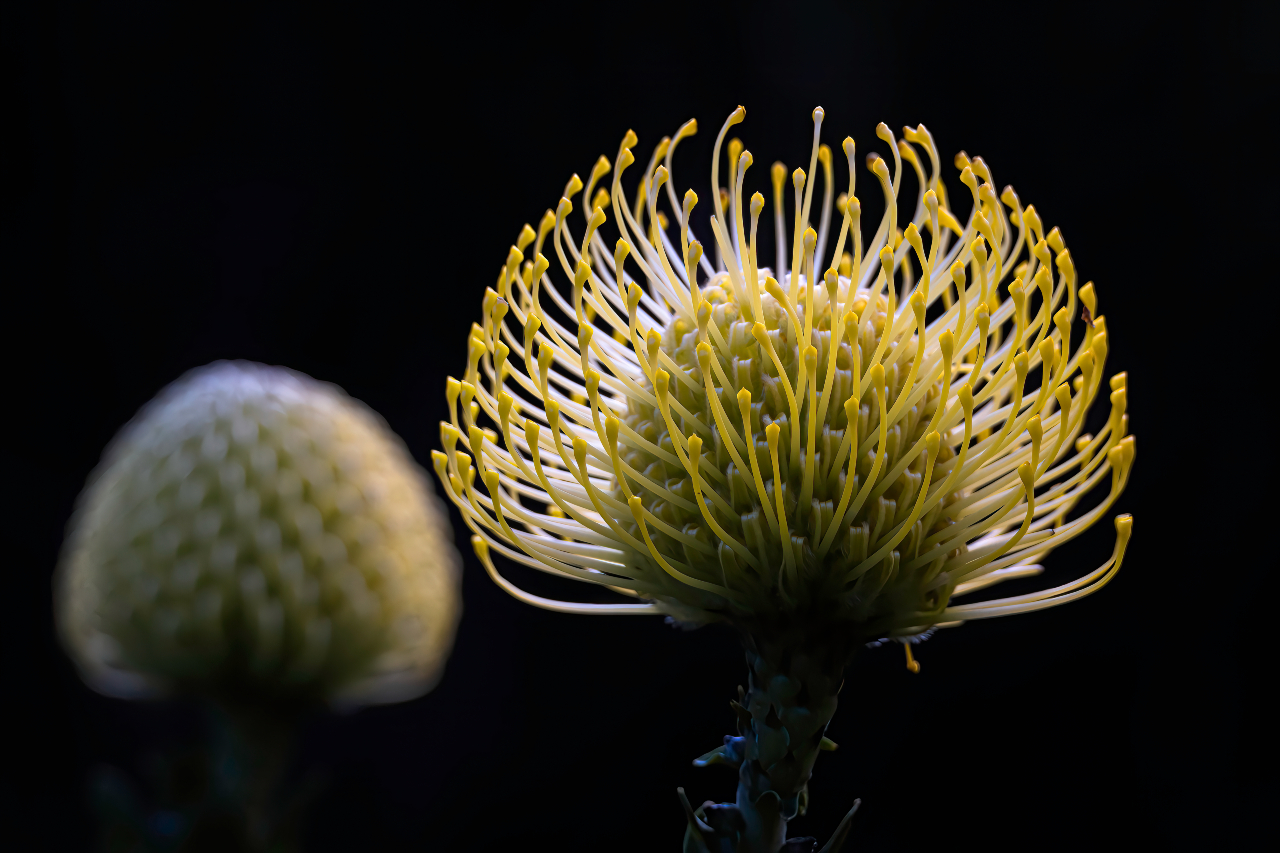
Some tips and tricks to achieve the best results when shooting macro?
Switch off the autofocus. Engage full manual. Keep a steady hand and practice your breathing. Gently rock back and forth to find the precise focal point. Use light to full advantage. Design a homemade diffuser to soften your flash or concentrate the light. Use reflectors and supplemental light sources. With just a little practice, magic happens.

